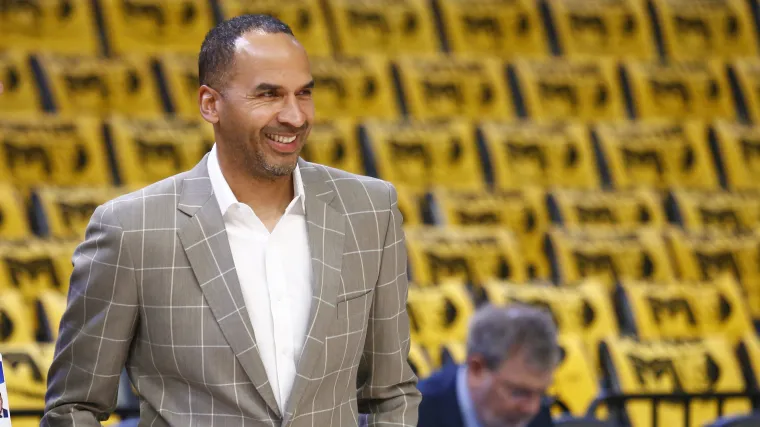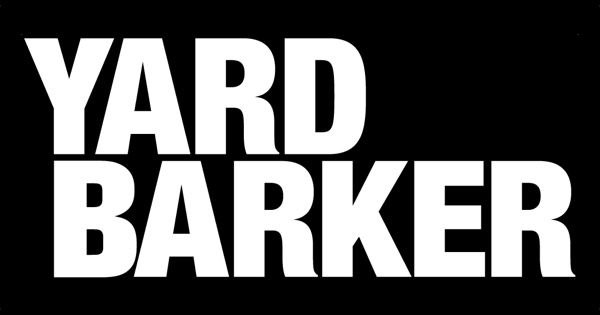The Milwaukee Bucks have embarked on an unprecedented financial maneuver, electing to waive star guard Damian Lillard and, in doing so, leverage the NBA’s rarely utilized stretch provision. This decision marks a significant turning point in team salary cap management, especially given the monumental sum involved: Lillard’s remaining $113 million over two years will now be strategically dispersed across the next five seasons. As reported by Bobby Marks, this move stands as the largest waive-and-stretch in National Basketball Association history, underscoring the extreme lengths franchises will go to navigate complex player contracts and maintain competitive integrity.
At its core, the NBA’s stretch provision serves as a critical tool for teams to mitigate immediate salary cap burdens. This intricate financial mechanism allows a team to spread a player’s guaranteed salary, upon being waived, over a period that typically extends to double the remaining contract length plus one additional year. The primary benefit of this provision is the reduction in the annual salary cap impact, providing teams with greater financial flexibility in the short term. While offering immediate relief, it also commits the team to a longer-term payment schedule, essentially kicking a portion of the financial burden down the road.
For the Milwaukee Bucks, the decision to apply the stretch provision to Damian Lillard’s substantial contract is rooted in a calculated strategy to optimize their financial outlook. With Lillard still owed $113 million, the immediate cap hit would severely restrict the team’s ability to make crucial roster adjustments, sign new talent, or retain key players under existing cap regulations. By stretching this financial obligation, the Bucks aim to free up immediate cap space, allowing them greater agility in the trade market or in pursuing free agents, thereby enhancing their capacity to remain a formidable contender in the highly competitive NBA landscape.
The rarity of such a large-scale application of the stretch provision highlights its drastic nature. While other teams have employed this tool in the past, none have done so with a contract of this magnitude. This move by the Milwaukee Bucks sets a notable precedent, signaling a willingness to embrace aggressive financial engineering to adapt to evolving team needs and the league’s stringent salary cap rules. The ramifications of this historic waive-and-stretch will undoubtedly be studied by other NBA franchises as they confront their own challenges in balancing player payrolls with on-court aspirations.
The immediate implications for the Milwaukee Bucks are profound. The newly acquired cap flexibility, while significant, comes with the caveat of a long-term financial commitment. This strategy allows the Bucks to potentially pursue other high-caliber players or deepen their bench without being immediately hamstrung by Lillard’s contract. However, the extended period of payments means that a portion of their future cap space will remain dedicated to a player no longer on their active roster, a balance teams must carefully weigh when considering such a drastic financial maneuver. This underscores the strategic complexities of managing a modern NBA team.
This unprecedented application of the stretch provision also casts a spotlight on the evolving dynamics of basketball contracts and team management within the NBA. It exemplifies how franchises are constantly seeking innovative ways to navigate the league’s financial regulations to maintain a competitive edge. While beneficial for the team’s short-term flexibility, it also raises questions about the long-term impacts of such large, spread-out financial obligations on a team’s sustained competitiveness and salary cap health over multiple seasons. The Lillard case serves as a prime example of the intricate financial strategies employed by NBA teams.
In conclusion, the Milwaukee Bucks’ decision to waive Damian Lillard and utilize the stretch provision for his $113 million contract represents a landmark event in NBA financial history. This strategic maneuver, while providing immediate cap relief, also locks the franchise into a significant long-term financial commitment. It stands as a testament to the complex and often aggressive financial planning undertaken by NBA teams to optimize their rosters and competitive standing. This historic move will undoubtedly reshape discussions around player contracts and salary cap management for years to come, offering a clear illustration of the intricate balance between financial prudence and championship aspirations in professional basketball.
Discover more from The Time News
Subscribe to get the latest posts sent to your email.





